Table of content
Cicadas, those buzzing symbols of summer, have long been a source of fascination—and sustenance—for cultures across the globe. While many Westerners recoil at the thought of eating insects, entomophagy (the practice of consuming insects) is a dietary staple in over 113 countries, and cicadas are no exception. With periodic emergences every 13 or 17 years in certain regions, these insects offer a fleeting culinary opportunity. But with countless ways to prepare them, from crispy fried snacks to gourmet dishes, the question arises: Which cicada preparation truly delivers the best flavor and texture? This article delves into the art of cooking cicadas, comparing traditional and innovative methods to determine which approach elevates this insect into a delectable delight.
The Rise of Cicadas as a Culinary Ingredient
Cicadas belong to the order Hemiptera and are part of the superfamily Cicadoidea. Their large size, meaty bodies, and nutty flavor profile have made them a sought-after ingredient in regions like China, Thailand, Malaysia, and parts of Latin America. In recent years, as sustainability concerns grow, Western chefs and home cooks have begun experimenting with cicadas, framing them as an eco-friendly protein source. A single cicada contains roughly 12–15 grams of protein per 100 grams, along with iron, calcium, and vitamin B12—nutrients that rival traditional livestock.
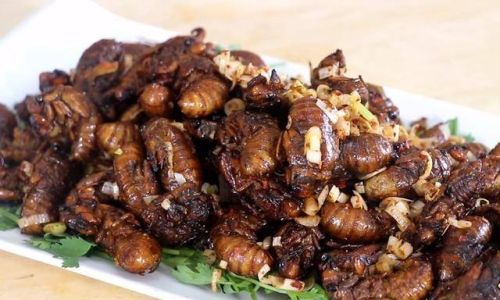
But preparing cicadas is not as simple as plucking them from a tree. Proper handling is crucial to neutralize their potentially bitter enzymes and ensure food safety. This typically involves blanching, boiling, or freezing them to kill bacteria before cooking. Once prepped, the real fun begins: transforming these creatures into dishes that tantalize the palate.
Traditional Preparations: Time-Tested Techniques
Deep-Fried Cicadas with Spices
A staple in many Asian cuisines, deep-frying cicadas creates a crunchy, savory snack. The process begins with blanching live cicadas in boiling water for 2–3 minutes to paralyze them and remove impurities. After draining and patting dry, the insects are coated in a mixture of cornstarch, salt, pepper, and a pinch of five-spice powder. Fried in hot oil until golden brown, the result is a crispy exterior with a tender, slightly nutty interior. Some variations include chili flakes or garlic powder for added heat and aroma. The texture resembles that of fried shrimp, with a mild, earthy flavor that pairs well with beer or light lagers.
Roasted Cicadas with Herbs
In rural Appalachia, where cicadas emerge in staggering numbers, roasting is a preferred method. After blanching, the insects are tossed in olive oil, rosemary, thyme, and sea salt, then roasted in a hot oven (400°F/200°C) for 15–20 minutes. The heat caramelizes the natural sugars in the cicadas, yielding a smoky, aromatic flavor. The legs and wings become brittle, adding a satisfying crunch. This preparation is often served as a bar snack or garnish for salads, where their umami-rich taste complements bitter greens like arugula.
Cicada Stir-Fry with Soy and Ginger
In Thai and Chinese cooking, cicadas are frequently stir-fried with vegetables and bold seasonings. The insects are marinated in soy sauce, rice vinegar, and grated ginger, then stir-fried with garlic, onions, bell peppers, and basil. The high heat preserves their texture while infusing them with a salty-sweet glaze. This dish highlights the cicada’s ability to absorb flavors, making it a versatile addition to rice or noodle bowls.
Modern Twists: Elevating Cicadas to Gourmet Status
Cicada Tacos with Avocado Crema
Chefs in trendy urban eateries have embraced cicadas as a novelty ingredient. One standout dish is the cicada taco: blanched and roasted cicadas are tossed in ancho chili powder, cumin, and lime zest, then nestled into corn tortillas with pickled red onions, cilantro, and a creamy avocado sauce. The contrast between the spiced cicadas and cool toppings creates a balance of flavors that surprises and delights. The legs add a textural element akin to toasted pumpkin seeds.
Cicada Flour Pancakes
For those with dietary restrictions, cicada flour—made by grinding dried, roasted cicadas into a fine powder—offers a gluten-free, high-protein alternative to wheat flour. Mixed with almond flour and coconut milk, it produces fluffy pancakes with a subtle nutty undertone. Topped with maple syrup or fresh berries, this breakfast dish caters to health-conscious foodies seeking an adventurous twist.
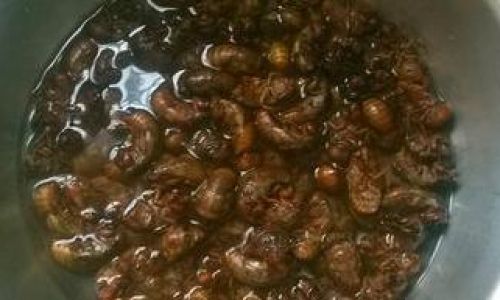
Cicada Sushi Rolls
In Japan, where insects like zazamushi (midge larvae) are traditional delicacies, chefs have experimented with cicada sushi. The insects are lightly seared and wrapped in sushi rice with avocado, cucumber, and a drizzle of spicy mayo. The result is a fusion roll that marries Japanese precision with Western inventiveness. The cicada’s firm texture holds up well against the soft rice, creating a harmonious bite.
Regional Specialties: A Global Tapestry of Flavors
Cicadas in Thai Curry
In Thailand, cicadas are sometimes added to green curry. After blanching, they’re simmered in coconut milk infused with lemongrass, galangal, and kaffir lime leaves. The insects absorb the curry’s aromatic spices, while their natural sweetness cuts through the richness of the coconut base. Served with jasmine rice, this dish transforms cicadas into a luxurious protein source.
Mexican Chapulines-Inspired Cicadas
Drawing parallels to Oaxaca’s famous grasshopper dish (chapulines), Mexican chefs have adapted cicadas using similar seasonings. After toasting, the insects are tossed in lime juice, chili powder, and a pinch of salt, then served with tortillas and salsa. The tangy-spicy coating masks any lingering bitterness, making this a popular street food snack during cicada season.
Appalachian Cicada Jambalaya
In the southern United States, cicadas have found their way into Creole-inspired jambalaya. After sautéing onions, celery, and bell peppers, cooks add blanched cicadas, smoked sausage, and rice, simmering everything in tomato broth. The cicadas’ meaty texture complements the spicy andouille, while their flavor blends seamlessly with the Cajun spices.
Flavor Profiles and Texture: The Science of Taste
The culinary appeal of cicadas lies in their unique combination of flavor and texture. Raw, they emit a slightly metallic taste due to hemolymph (insect blood), but cooking neutralizes this. Fried or roasted cicadas develop a malty, toasted flavor reminiscent of almonds or sunflower seeds. Their exoskeleton, composed of chitin, provides a satisfying crunch when cooked properly, though overcooking can render it tough.
Texture preferences vary: some diners enjoy the audible snap of fried cicadas, while others prefer the softer chew of braised or marinated specimens. Marinades with acidic ingredients like vinegar or citrus help tenderize the exoskeleton, making the insects more palatable for those wary of crunch.
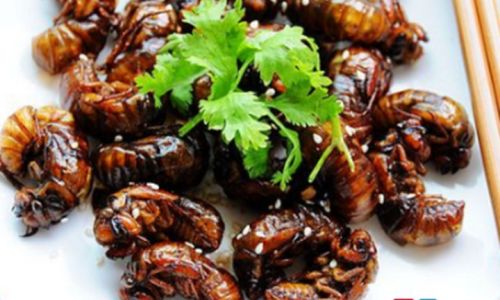
Pairing Suggestions: Beverages and Accompaniments
To enhance the cicada-eating experience, consider these pairings:
- Beer: Crisp lagers or wheat ales cut through the richness of fried cicadas.
- Sake: A dry Junmai sake complements the umami notes in stir-fried or curried cicadas.
- Herbal Tea: Mint or chamomile tea cleanses the palate between bites of spicy preparations.
- Accompaniments: Pickled vegetables, such as daikon radish or cucumbers, provide a refreshing contrast to the insects’ intensity.
Sustainability and Safety: Ethical Considerations
While cicadas offer a low-impact protein source, ethical harvesting is essential. Collect only from pesticide-free areas, and avoid over-harvesting to protect local ecosystems. Additionally, individuals with shellfish allergies may react to cicadas, as both belong to the arthropod family. Cooking thoroughly minimizes bacterial risks, but pregnant individuals should consult healthcare providers before consuming.
Conclusion: The Verdict on Cicada Preparations
After exploring traditional and modern methods, the “best” cicada preparation hinges on context. For pure indulgence, deep-frying with spices delivers irresistible crunch and flavor. Health-conscious eaters might prefer roasted cicadas or cicada flour pancakes, while adventurous gourmands will savor fusion dishes like sushi rolls or tacos.
Ultimately, the key to delicious cicadas lies in proper preparation and creativity. Whether simmered in curry, nestled in a taco, or served as a crispy bar snack, these insects prove that sustainability and culinary innovation can coexist. As chefs and home cooks continue to experiment, one thing is clear: the humble cicada’s time in the culinary spotlight has only just begun.
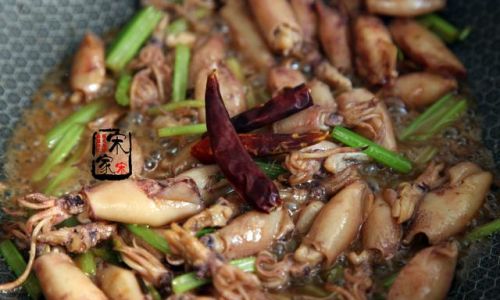

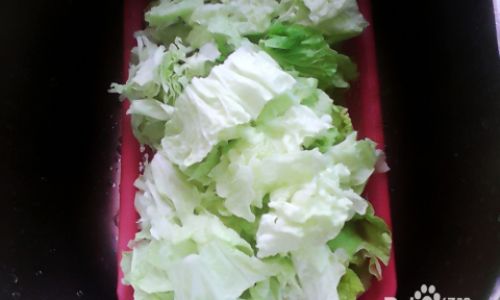
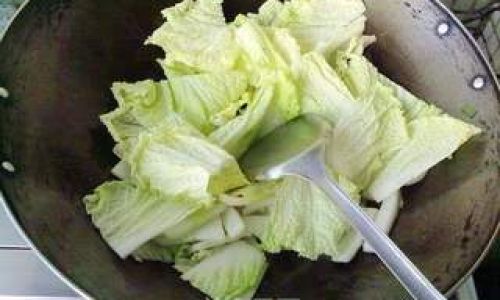
0 comments